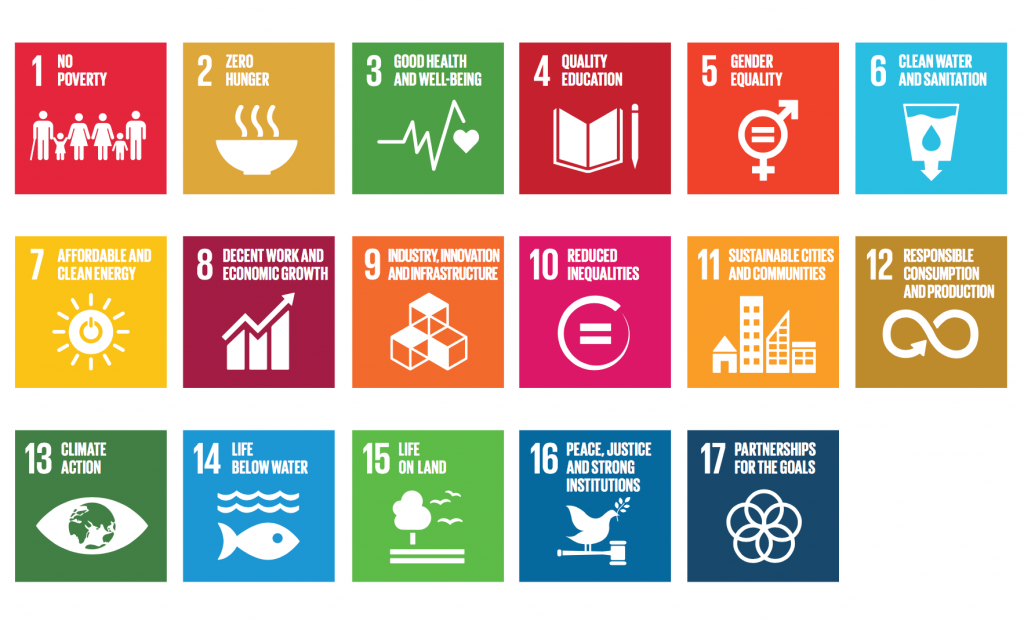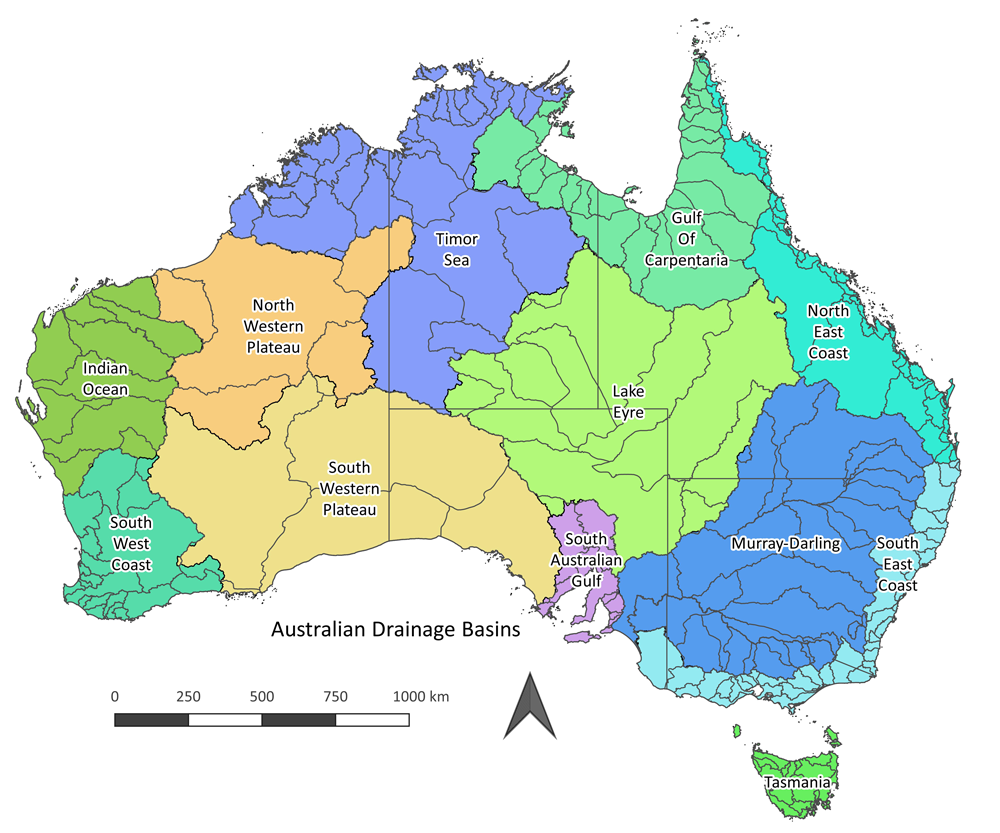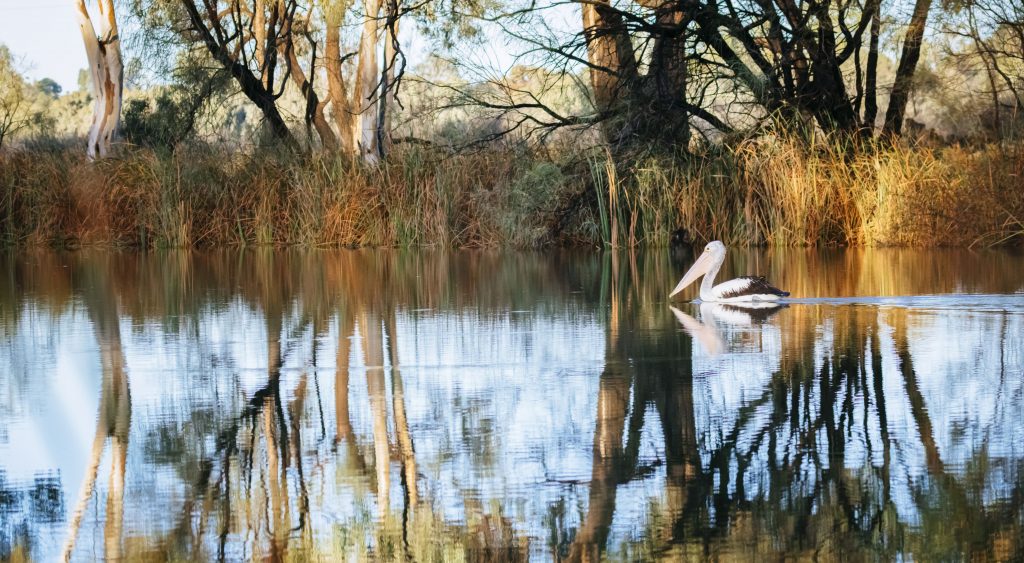
SESYNC: Planning for sustainable water futures in sub-Saharan Africa in the context of the SDGs
By 2030, average global water requirements are expected to exceed current supply by 40%, necessitating massive investment to fill this ‘gap’. Historically, such investments have focused on often costly and unsustainable ‘grey’ or ‘built’ infrastructure. Hence, interest is rapidly increasing in pathways that optimize the use of ‘natural’ or ‘green’ infrastructure (freshwater ecosystems and the services they provide), or that capitalize on synergies with grey infrastructure in ‘blended’ approaches. But how do we decide which pathways are most appropriate to implement and where? The goal of this proposed Pursuit is to aid planning for sustainable water futures in sub-Saharan Africa built around provision of FWES from healthy freshwater ecosystems, in support of achieving the SDGs. The team will synthesize existing knowledge and data across sub-Saharan Africa on FWES and the distribution and role of grey infrastructure. Link: https://www.sesync.org/project/propose-a-pursuit/planning-for-sustainable-water-futures-in-sub-saharan-africa-in-the

Vulnerability of environmental water management to a variable and changing climate. (Supported by the Australian Research Council, 2018-2021)
This project aims to: (1) advance methods for modelling climate sequences to better assess the vulnerability of freshwater ecosystems to a variable and changing climate; (2) improve integrated and dynamic modelling of environmental and consumptive water use, carry-over and trade over a multi-year time frame; (3) model dynamic responses of freshwater ecosystems to support the assessment of system vulnerabilities; (4) identify threats of climate change for a complex regulated river ecosystem under current water policy settings; and (5) explore policy responses to address these threats.
Link: https://www.researchgate.net/project/Vulnerability-of-Environmental-Water-to-a-Variable-and-Changing-Climate

Does climatic thermal variability matter for biodiversity, thermal tolerance and dispersal? (Supported by the Australian Research Council, 2018-2021)